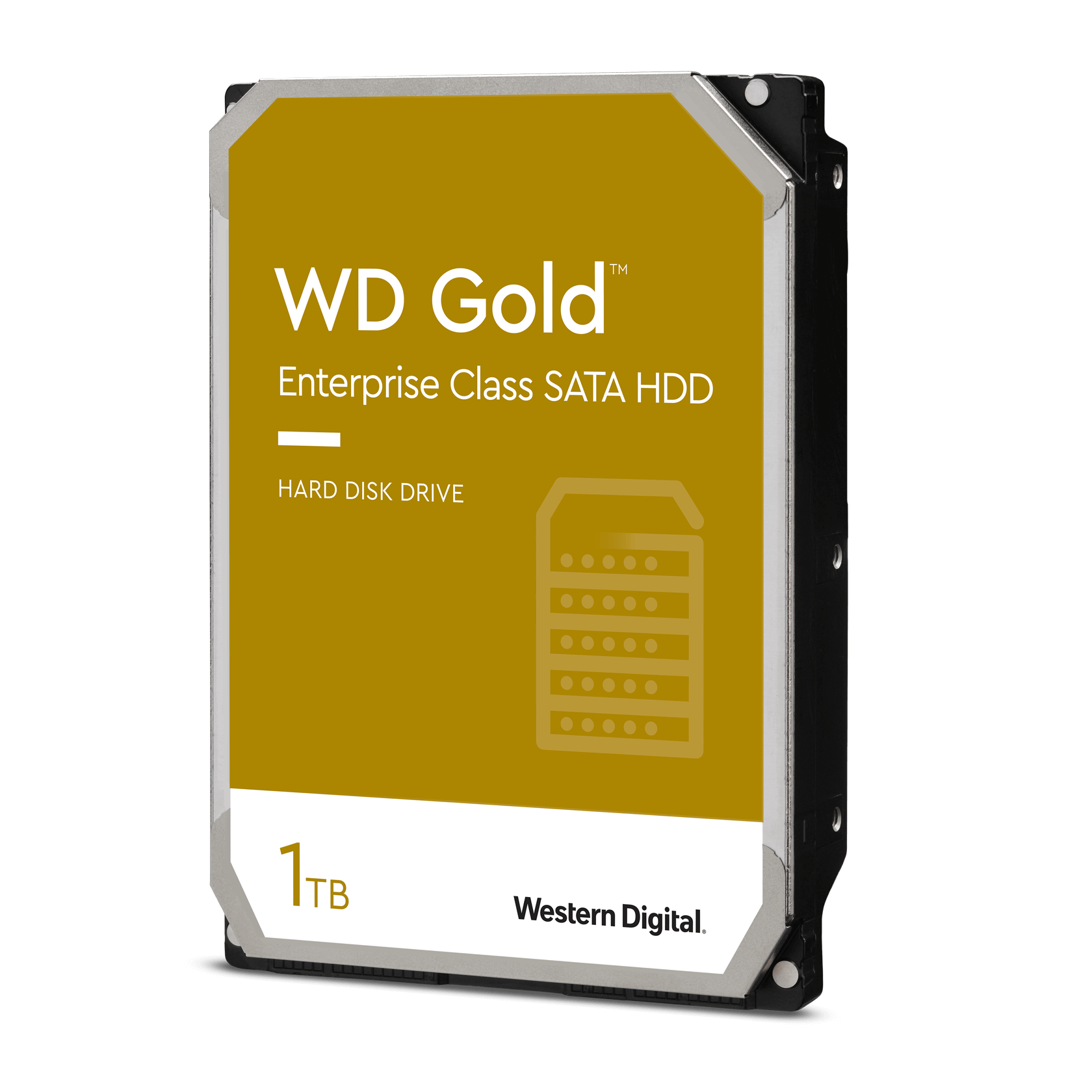JHZR2
Staff member
Every year or so, as I get some new tech or other reason to think about it, I have some question and/or some plan about archiving.
Here we are almost to 2021, and I’m thinking about archiving again, especially the “keep three copies” aspect. I know we have discussed data longevity on ssd drives. I’ve also read that optimal archiving on HDDs requires a rewrite every three years to re-magnetize.
I’m going to get a new HDD, and maybe a thunderbolt and/or USB 3.2 gen 2 type interface.
So, for preparing for 2021, a few questions:
1) who is currently making the most reliable platter type HDDs in the 2.5 and 3.5” form factor?
2) which form factor is longer lived? More robust? I’d suspect that the smaller form factor drives have benefits due to being made for mobile applications and having smaller parts that can’t vibrate/move as far.
3) Is there a benefit or disadvantage to buying a premade usb HDD from one of the major brands, versus bare drives and enclosures or a SATA-USB connector?
Thanks!
Here we are almost to 2021, and I’m thinking about archiving again, especially the “keep three copies” aspect. I know we have discussed data longevity on ssd drives. I’ve also read that optimal archiving on HDDs requires a rewrite every three years to re-magnetize.
I’m going to get a new HDD, and maybe a thunderbolt and/or USB 3.2 gen 2 type interface.
So, for preparing for 2021, a few questions:
1) who is currently making the most reliable platter type HDDs in the 2.5 and 3.5” form factor?
2) which form factor is longer lived? More robust? I’d suspect that the smaller form factor drives have benefits due to being made for mobile applications and having smaller parts that can’t vibrate/move as far.
3) Is there a benefit or disadvantage to buying a premade usb HDD from one of the major brands, versus bare drives and enclosures or a SATA-USB connector?
Thanks!

